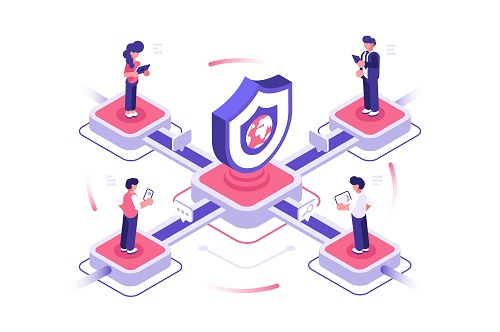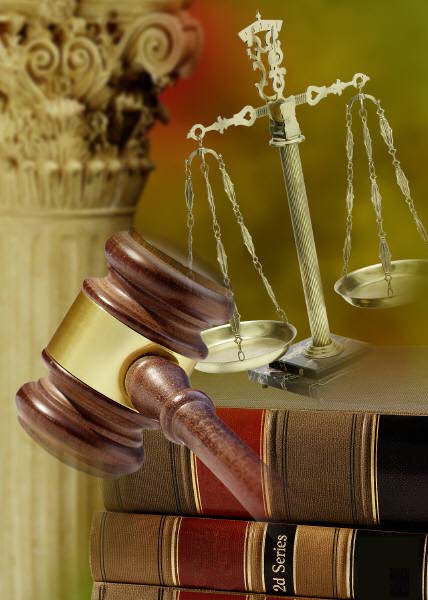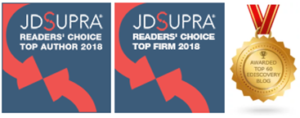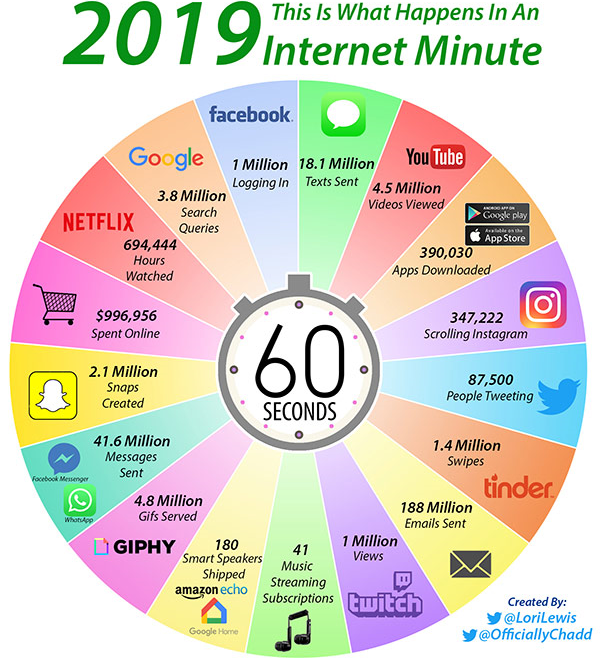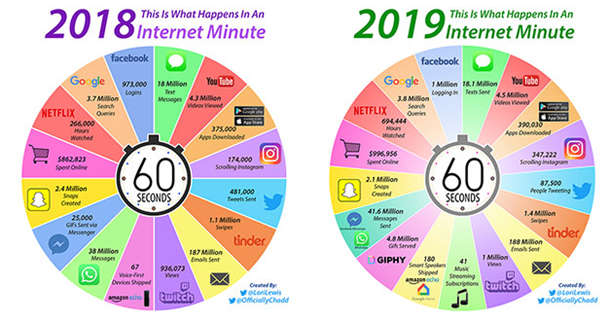Four Tips for Successful Meet and Confers
When approaching any challenge or goal, it’s often best to start with the big picture before narrowing things down. By working backwards, you can identify the steps needed to achieve the desired result. This type of thinking can be applied to Rule 26(f) conferences (also known as meet and confers). As mandated by Rule 26(f) of the FRCP, both parties must meet at least 21 days before holding a scheduling conference. The purpose of the meet and confer is to discuss litigation details such as data preservation, privilege issues, the form of production, and expenses. To get the ball rolling, counsel can prepare a list of general questions: What data types need to be collected? How should the scope of discovery be defined? What pace is needed to meet court-established deadlines? General questions like these build a solid foundation for deeper inquiries and concerns. [1]
More Tips for Meet and Confers
- Initiate the conference early.
The meet and confer process is not something that can or should be rushed. Negotiation takes time, patience, and multiple attempts. Waiting until the last-minute benefits no one. Instead of frantically rushing to meet deadlines, schedule the meet and confer as soon as possible. Sometimes, counsel is hesitant to meet early because they feel that they don’t have enough information and prep time. Thus, in addition to meeting early, parties should also meet often. Multiple conferences allow the parties to fully understand and iron out the details.
- Identify and evaluate the accessibility of relevant data types.
Companies interact with a variety of data types on a daily basis – email, Facebook, Zoom, the list goes on. Producing each one would be burdensome, expensive, and unnecessary. Only focus on relevant data types that are proportional to the needs of the case. Companies also regularly create and destroy large volumes of information. Therefore, you must assess their data retention policies to determine what information is stored and where. Once that’s settled, consider whether the data types are too expensive or inaccessible for production.
- Walk in with the right mindset.
Compromise is impossible to reach without flexibility from both parties. At the same time, neither party should feel obligated to concede to all proposals. Meet and confers should be thought of as open dialogues. Discuss, debate, and engage in respectful arguments when necessary. Above all, cooperate by ensuring your suggestions are reasonable and proportional. [2] If this aspect is a concern, consider hiring a discovery expert. Through their industry knowledge, experts can assess the opposing party’s discovery systems and requests.
- Understand your client’s data policies and systems.
Before heading into the meet and confer, try to gather as much information as possible. Ask your client if they have any formal information governance policies. If not, probe further to identify how and where their data is stored. It’s also important to identify the person or department in charge of storing said data. The client’s IT environment must be understood as well. Inquire about the quantity and locations of company computers. Additionally, request information about the company’s software programs, backup schedules, data custodians, etc. [1]
[1] Ronald I. Raether Jr., “Preparing for the Rule 26(f) Scheduling Conference and Other Practical Advice in the Wake of the Recent Amendments to the Rules Governing E-Discovery,” The Federal Lawyer, August 2007.
[2] Scott Devens, “Defensible Strategies for the ‘Meet and Confer,’” Bloomberg Law, Oct. 18, 2011.




